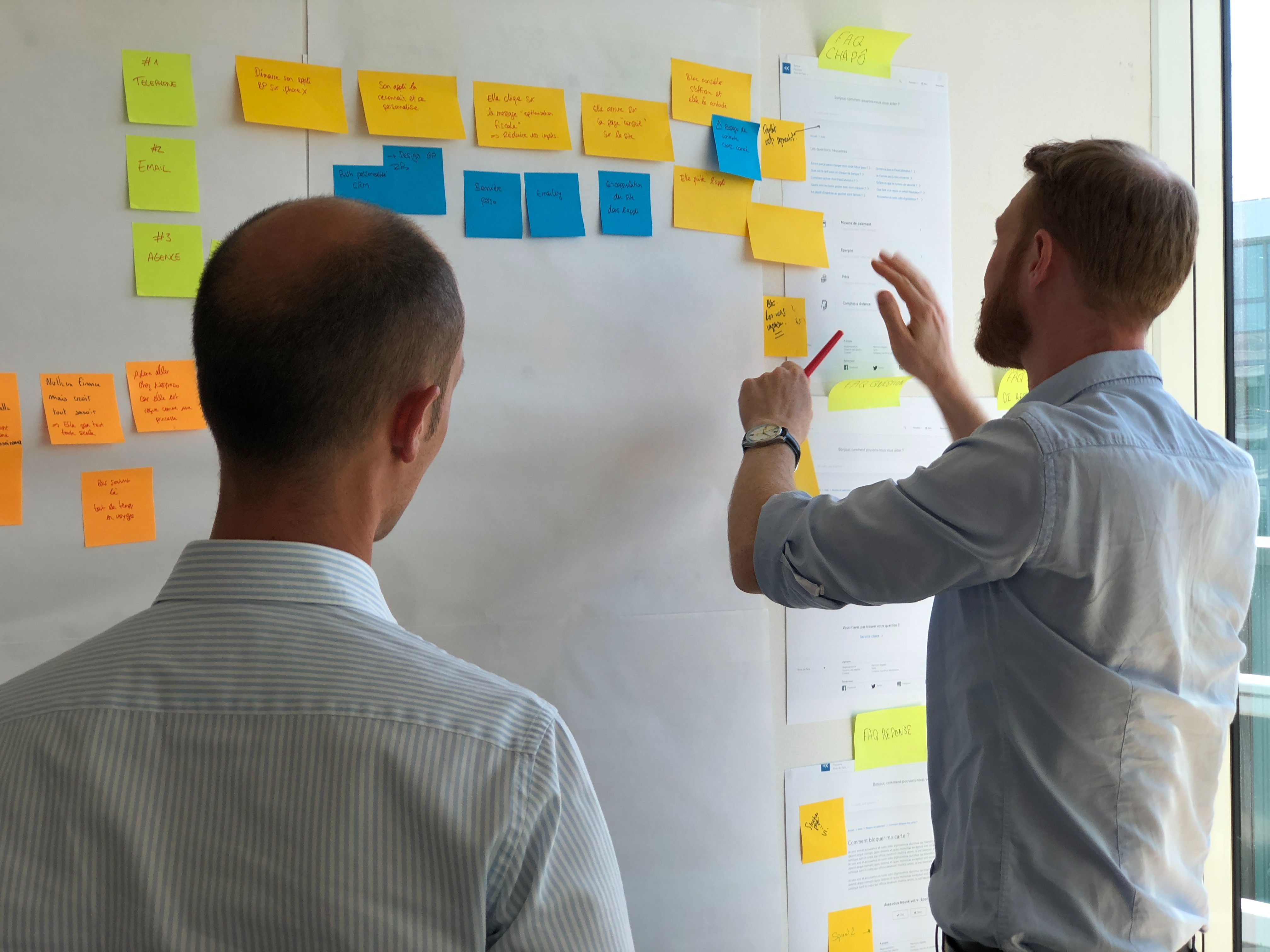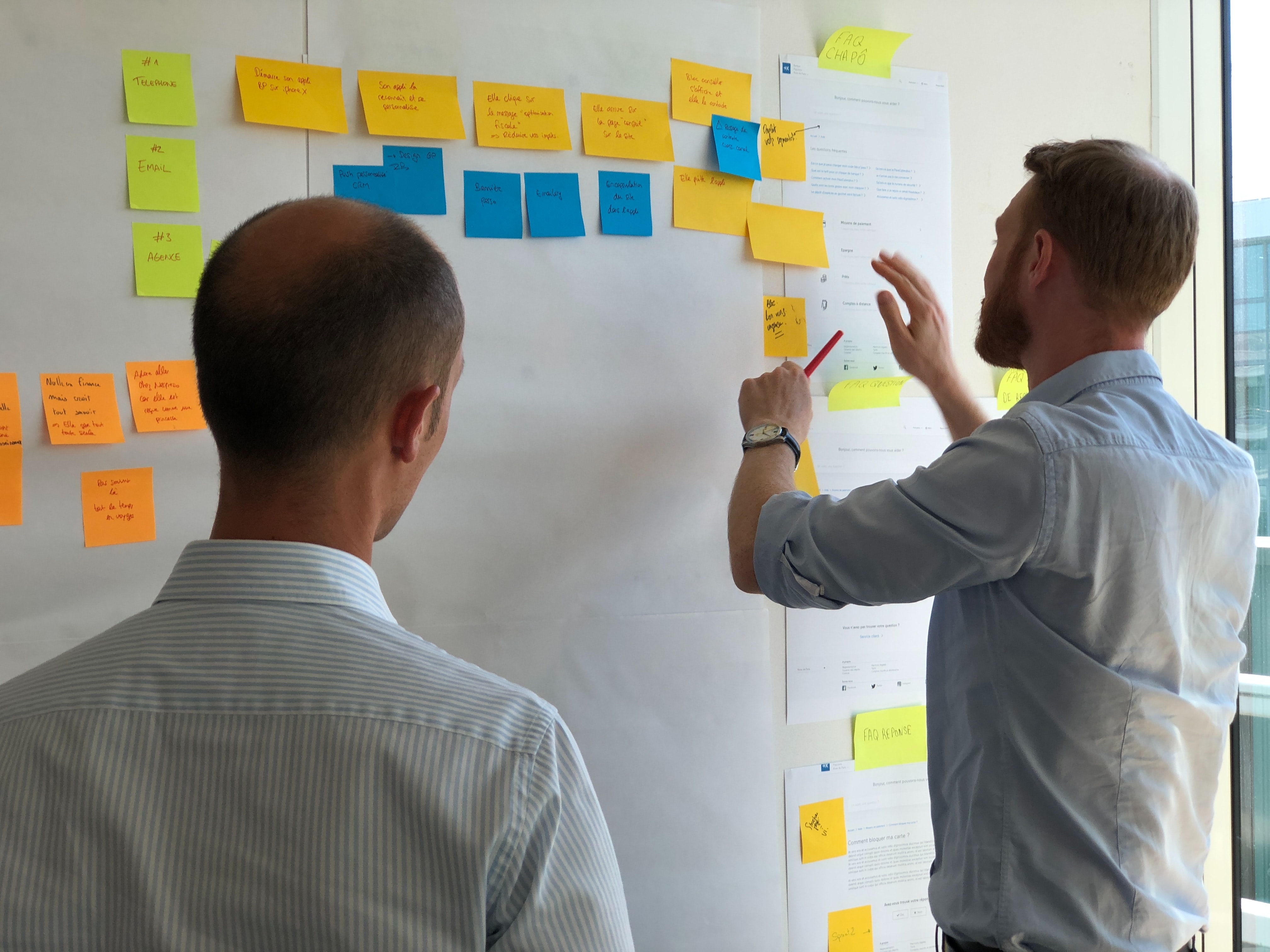
If you want to build an app that truly resonates with users, you need to understand not just what they do—but why they do it. That’s where a User Journey Map comes in.
User Journey Maps are powerful tools that document a user's experience with your app from start to finish, including how they will be introduced to it and when and why they will use it - allowing you to visualize your product through your user’s eyes, uncovering their goals, emotions, and friction points every step of the way.
They're excellent tools for creating user centric products because they allow designers to see the product from the users point of view, and they document the value it will provide for its users, helping to ensure the product is meeting expectations.
Mapping the user’s journey also allows you to identify pain points and opportunities to add additional value for your users, allowing you to create a truly great user experience.
While user journey maps come in many formats, they’re commonly represented as a timeline of all the touch points between a user and a product.
A really simple user journey map could look something like this:

And a much more complex user journey map might look something like this:
.png)
A good user journey map will help you understand how users experience your product based on their unique motivations and goals, and can help you improve their experience with targeted changes and modifications.
For example, after exploring the way an actual user experiences your app you might find that you need to add a step to your onboarding flow, or add tooltips to help users learn to use the product quickly and optimally.
The answers to these questions will help you better understand your users motivations, and what they’re likely to desire and find helpful in your product. Using this information will allow you to create an experience that truly hooks your user.

%25203.png)
Begin your storyboarding exercise by reviewing your user personas and discussing the users internal motivations and the value they will gain by using your app.
Next, your team will individually sketch out storyboards. Tell the team to imagine that they are directors of a movie. Hand out some pens and the storyboarding template above, and ask each member of the team to independently sketch the frames of this user’s story. You'll want to time box this exercise - 10-15 minutes should be plenty.
Make sure to tell your team to avoid drawing interfaces - this will be done later, after you’ve established the tasks the user needs the interface to perform.
Once Have the members of your team present their storyboards to the group and take notes on any themes and areas where there is consensus.
%25204.png)
You’re ready to put together your User Journey Map! Take all of the information you brainstormed with your team ( timeline, touch points, emotional highs and lows, and all the new ideas you generated on how to improve the user's journey) and map it out!
You can use the above template, or get creative with how you lay it out.
If your User Persona answers the “who?” question, then your User Journey Map gives you the “when” and “why”.
You’ll use the journey map as you continue designing your app to ensure you are delivering the value your users need, when they need it.
You’ll be using the pain points and opportunities you identified during this process to ideate the solutions your app will provide, and to come up with design patterns that will drive value.

 The Ultimate Guide to QA Testing
The Ultimate Guide to QA TestingWant to launch a flawless app in 2025? Our Ultimate Guide to QA testing explains everything you need to know - the processes, tools, and best practices that will help you deliver bug-free, user-friendly products that users love!

 Building Intuitive & Accessible Healthcare Apps: A Guide to UX
Building Intuitive & Accessible Healthcare Apps: A Guide to UX In 2025, apps have become essential tools throughout the world of healthcare. This comprehensive UX guide for healthcare apps explores best practices and key considerations for creating user-friendly, accessible solutions that enhance patient outcomes. Topics include HIPAA compliance, EMR integration, and accessibility.

 Product Roadmapping: The Complete Guide
Product Roadmapping: The Complete GuideReady to bring your next digital product to life? Don't miss our free guide to product roadmapping! In it you'll discover the 7 essential steps to building a product roadmap that will put your project on the path to success.